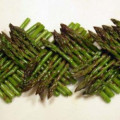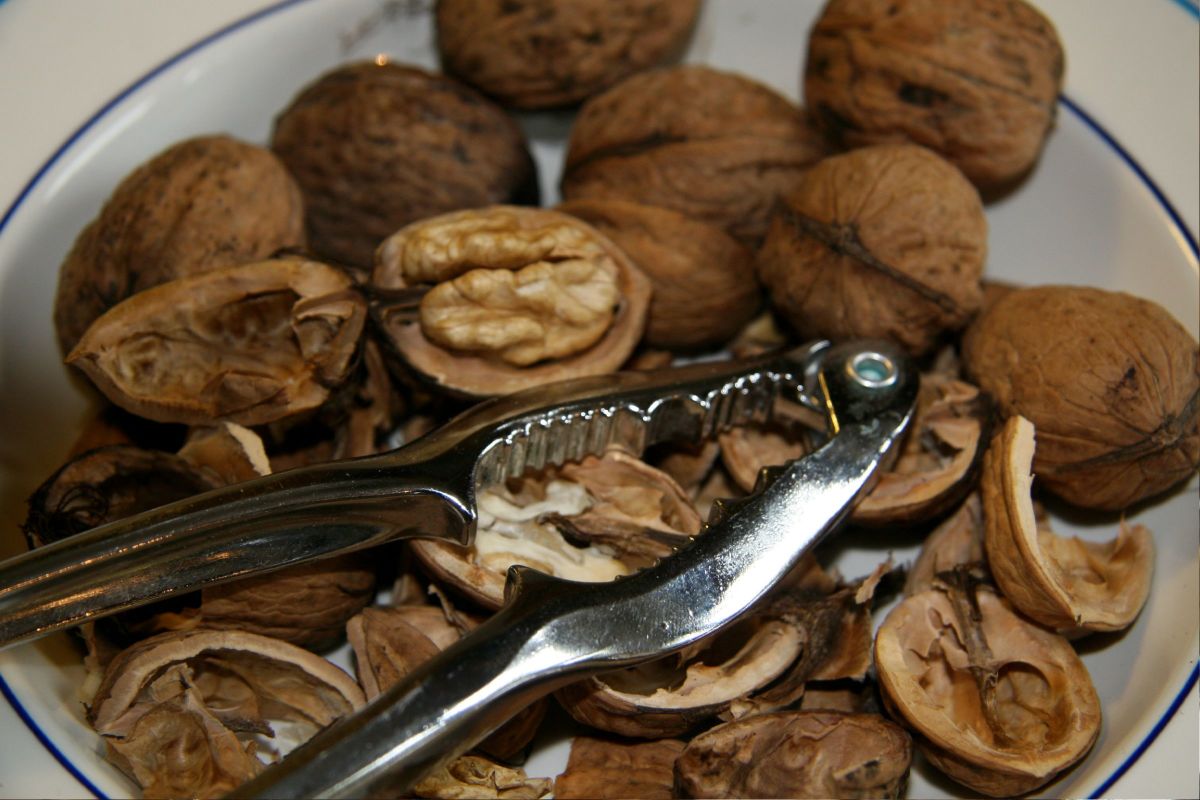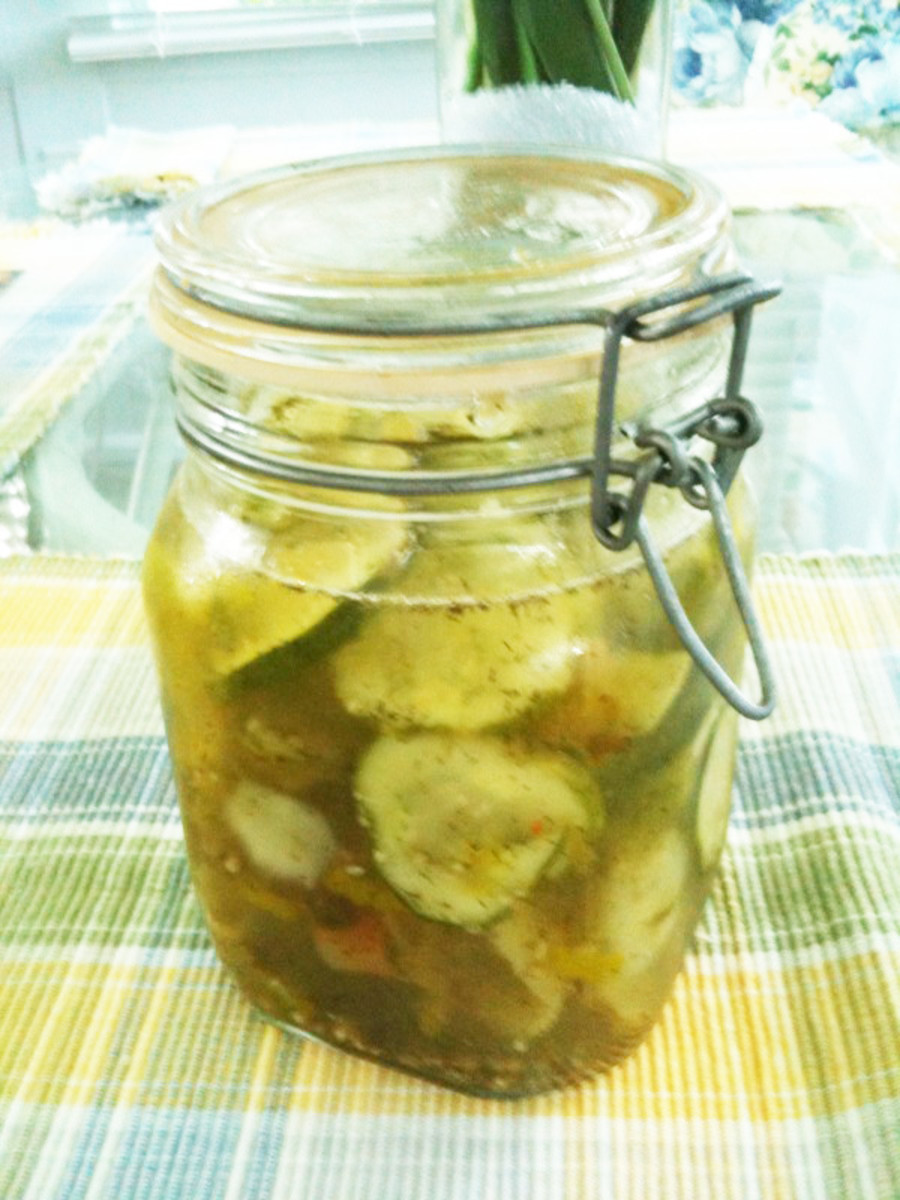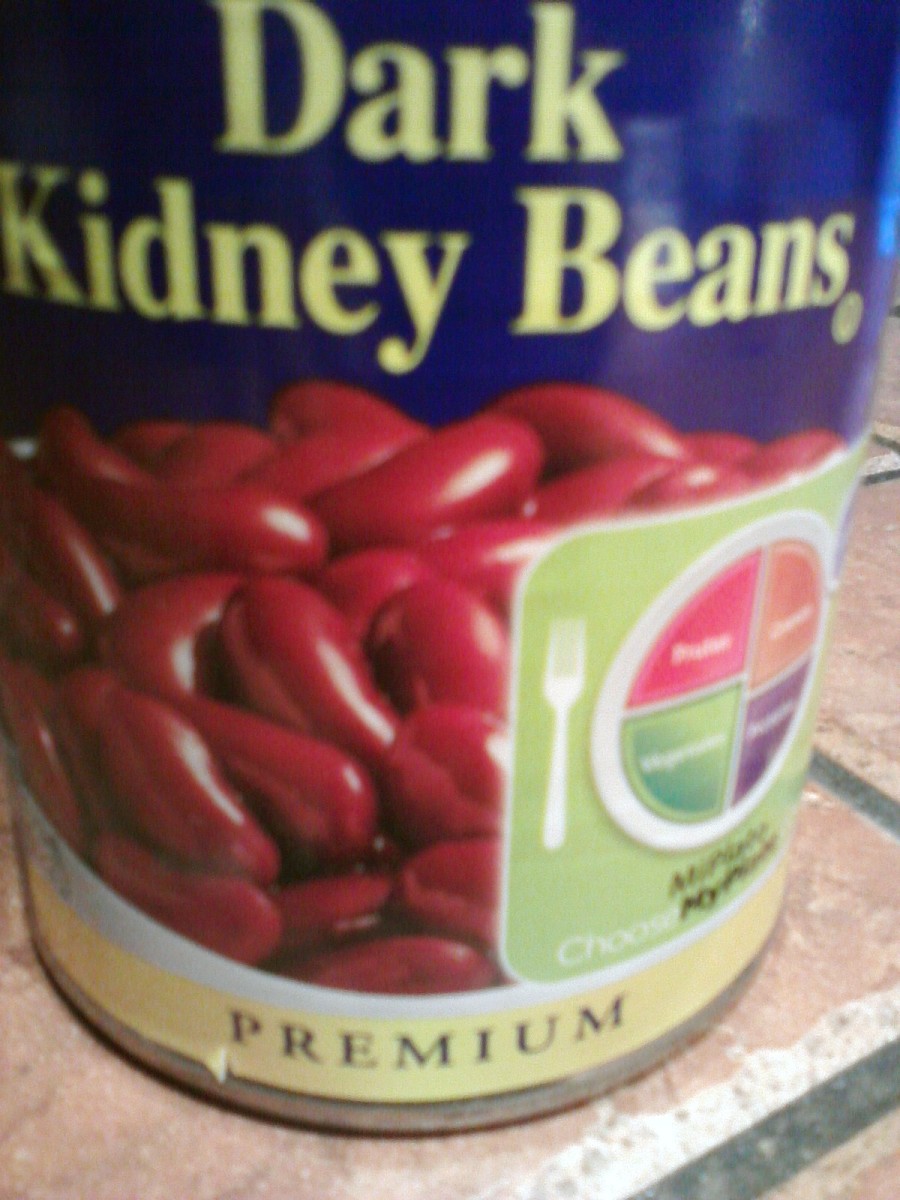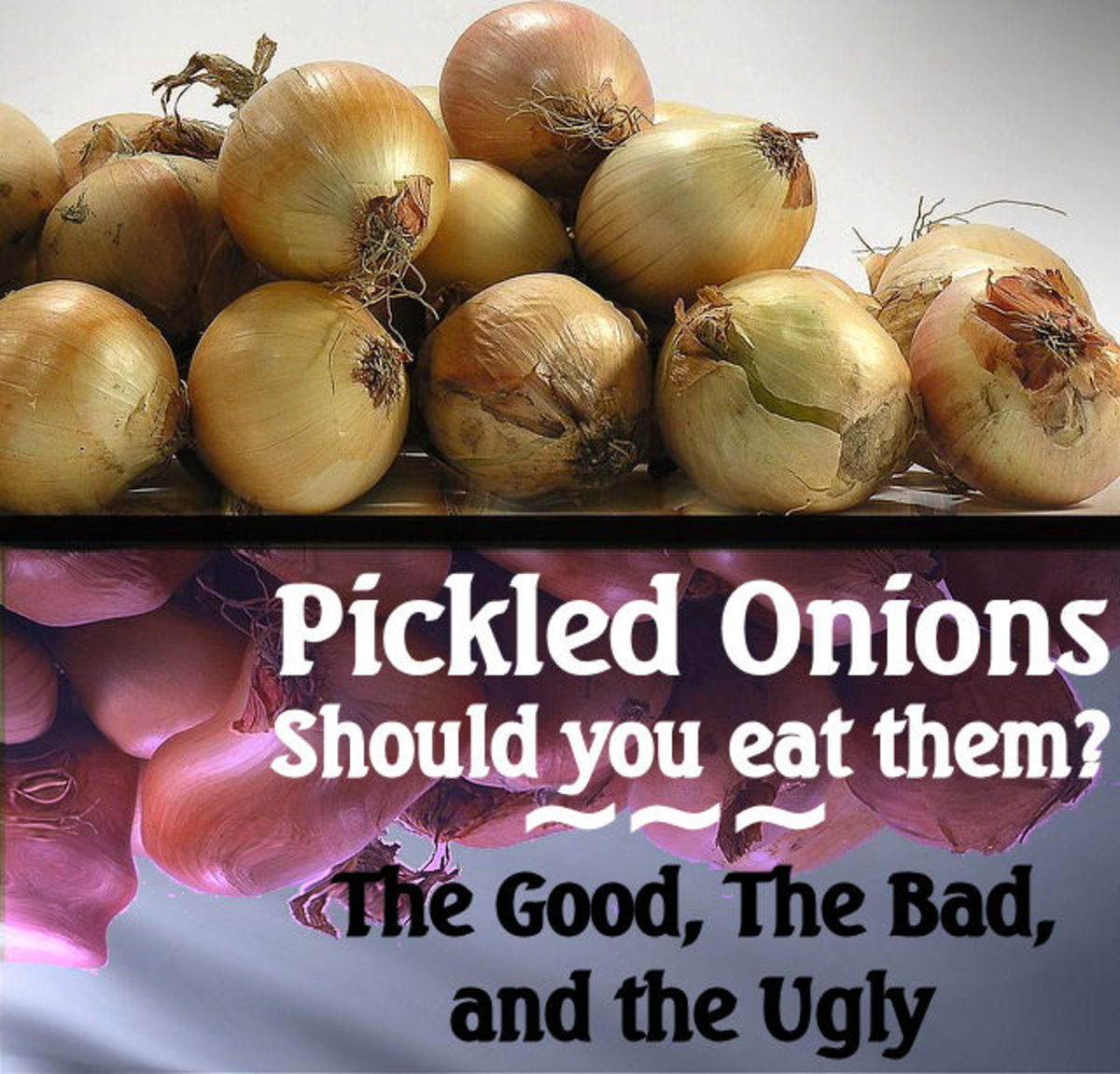- HubPages»
- Food and Cooking»
- Cooking Ingredients»
- Vegetable Ingredients
An All In One Guide To Asparagus - Eating, History, Health And More
An all in one guide to Asparagus facts, its health benefits, how to grow it, Asparagus recipes and more.
The article is broken down into the following sections and can be found in the order below:
· History
· Types
· Health Benefits
· Nutritional Values
· Urine Effect
· Grow It At Home
· Recipes
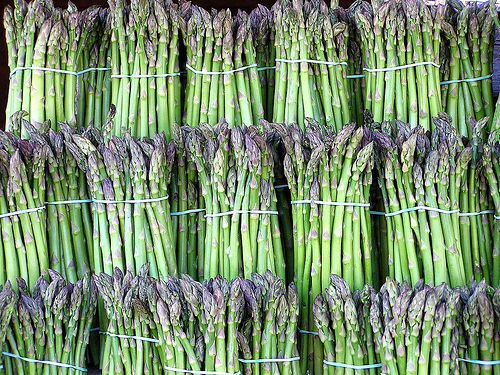
History
It is known that from 200 BC that the Romans have been growing asparagus and had themselves given instructions for asparagus growing. The Romans were that infused with asparagus that they even had a saying relating to it, “As quick as cooking asparagus” was used to infer that something was accomplished rapidly.
During the middle ages asparagus popularity diminished until French farmers found a new passion for growing it in the late 1700s and thus this led to its inclusion in many French cookbooks at the time. It was later brought to the Americas by colonists and due to it escaping from home gardens at the time asparagus can be found growing wild in many regions of the Americas, particularly of the Birkenstock types.
Now days, it can be found in almost all allotments and gardens across the world. It is commercially produced in many countries with Peru, China and Mexico being the top producers globally. As of 2009 the land used for commercial asparagus cultivation was 195,819 hectares which is equivalent to the area of 369,469.8 American football pitches including the end zones.
Types
Viola: This is the purple variety of asparagus; it is exactly the same as the green variety except for its purple hue. Much like purple broccoli once it has been boiled though it returns to the much more familiar green hue.
White: This is the tender version of asparagus and growing it is very costly. This is because as the spears grow they need to have earth constantly heaped onto the stalks so that they are denied sunlight to prevent photosynthesis thus keeping the stalks white in colour, this cultivation technique was developed during the 1800s when eating your vegetables in white was in fashion.
Green: This is the one and only original version, it is the most commonly grown and the most commonly available. It is exactly as the name suggests; green.
Health Benefits
Asparagus has been linked and said to provide many health benefits for those of us who like it, below is just a small list of the health benefits of this wonder veg.
Acidity, Blood: The high alkalinity of this asparagus juice is effective in neutralizing the acidity of blood and helps cleanse waste from the tissues and muscles.
Arthritis and Rheumatism: Phytochemical’s that are unique in asparagus produce an anti-inflammatory effect that is said to help relieve the pains associated with arthritis and rheumatism.
Bowel movement: Asparagus when eaten regularly will provide a mild laxative effect and with its high dietary fibre it aids individual’s bowel movements.
Cancer: Asparagus contains a high amount of anti-oxidants and glutathione that can help with avoiding cancer.
Cataracts: The anti-oxidant and glutathione in asparagus can help stop the effects of many eye related problems including Cataracts.
Diabetes/Hypoglycaemia: The minerals in asparagus juice make are effective at controlling blood sugar levels. However, it should not be used if you have severe kidney troubles
PMS symptoms: The effects of asparagus juice can help relieve the pains of premenstrual swelling and bloating. The magnesium in asparagus juice is said to have a calming effect and can help combat depression, irritability and many other conditions
Nutritional Values
Asparagus is an alkaline food as we discussed above in its health benefits, it is also a fantastic source of protein but lacks much in the way of calories and carbohydrates making it a wise choice for any dieters out there. Asparagus is rich in many minerals and vitamins including potassium, folic acid (great for pregnancy), vitamins A, C and K, and small traces of vitamin B
One of the best sources of dietary fibre, asparagus is rich in niacin, phosphorus and contains a very low sodium count. This is one of those few vegetables that contains the ideal ratio of 2:1 for calcium to magnesium.
Nutritional Values per 100g (3.5oz)
Nutritional Item
| Value
| Nutritional Item
| Value
|
|---|---|---|---|
Energy
| 85 kJ (20 kcal)
| Vitamin B6
| 0.091 mg
|
Carbohydrates
| 3.88 g
| Folate (Vit. B9)
| 52 μg
|
Sugars
| 1.88 g
| Vitamin C
| 5.6 mg
|
Dietary fibre
| 2.1 g
| Calcium
| 24 mg
|
Fat
| 0.12 g
| Iron
| 2.14 mg
|
Protein
| 2.20 g
| Magnesium
| 14 mg
|
Thiamine (Vit. B1)
| 0.143 mg
| Phosphorus
| 52 mg
|
Riboflavin (Vit. B2)
| 0.141 mg
| Potassium
| 202 mg
|
Niacin (Vit. B3)
| 0.978 mg
| Zinc
| 0.54 mg
|
Pantothenic acid (B5)
| 0.274 mg
| Manganese
| 0.158 mg
|
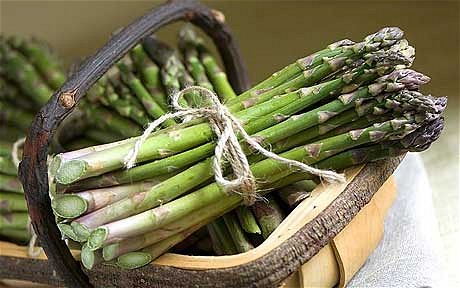
Urine Effect
As I’m sure you are aware asparagus has an interesting effect of human urine; that is to make it smell quite potent. Studies suggest that while most people actually produce asparagus pee after even eating the tiniest amount that only 22% of the population can actually notice the distinct odour. It’s not really sure what actually creates the distinct odour within asparagus but what I could find where some interesting quotes pertaining to asparagus pee:
"[Asparagus] cause a filthy and disagreeable smell in the urine, as everybody knows." (Treatise of All Sorts of Foods , Louis Lemery, 1702)
"Asparagus... affects the urine with a foetid smell (especially if cut when they are white) and therefore have been suspected by some physicians as not friendly to the kidneys; when they are older, and begin to ramify, they lose this quality; but then they are not so agreeable" ("An Essay Concerning the Nature of Aliments," John Arbuthnot, 1735)
Asparagus "...transforms my chamber-pot into a flask of perfume." Marcel Proust (1871–1922)
Grow It At Home
With a little care and guidance we can all grow our own asparagus at home, did you know that France’s Louis XIV had specially commissioned greenhouses built for just growing asparagus. Here are a few planting, growing and harvesting tips to get you on your way with growing your own asparagus.
Soil preparation
- Asparagus remains productive for up to 20 years, so it's well worth your time preparing the bed to give them the best chance and so that you reap your harvest for years to come.
- You should start in autumn by digging over your vegetable beds making sure to mix in plenty of well rotted manure, and removing weeds and large stones.
- About a week before you plant the asparagus, scatter some fertiliser granules over the soil and fork in well, before raking the ground level but not compacting it.
How to plant
- It will take approximately 1 hour to plant 10 crowns so plan your time accordingly. Dig a straight trench, 30cm wide by 20cm deep, and fill the trench with light soil until its about 10cm deep in the trench.
- Carefully place your asparagus crowns on top of the soil you just placed in the trench making sure to spread the roots out and apart. Plant the crowns 30cm and cover with 5cm of fine soil.
- Continue to cover the asparagus with more fine soil as the stalks appear, though if you want white asparagus use the method I described at the top of this article. For green/purple asparagus you should aim to fill the trenches by August and if you want to add extra trenches make sure to keep them 30cm apart.
Aftercare
- Water crowns thoroughly just after planting and make sure to keep them damp during dry weather. Succulent spears are likely to appear soon after planting, but avoid picking them or you'll weaken the crowns before they have had a chance to stabilize themselves.
- In the first two years allow the asparagus crowns to form ferny foliage and cut this down every autumn to leave 5cm stumps above the ground.
- Keeps beds weed free to prevent competition.
Harvesting
- The majority of crowns are not ready to be harvest until 2 years of growth, but some species have been bred to bring earlier harvests
- To harvest asparagus spears wait until they're about 12cm long and using a serrated knife cut them off 7cm under the soil.
- Stop harvesting around mid-June to give the plant time to build up its energy for next year and wintering, you can always help them by supplying the with a general fertilizer .
Recipes
Below are two simple recipes using asparagus that anyone can master. I found both of these at http://www.asparagusrecipes.net, you will find many more asparagus based recipes here
Sesame Asparagus
This simple side dish works well for a Chinese-inspired meal. Quickly stir-fried with sesame, ginger, garlic, and shallots, asparagus gets a soft-crispy texture that goes great with a bowl of warm rice.
Ingredients:
1 tablespoon sesame oil
1 ½ cups sliced asparagus
1 tablespoon sesame seeds
1 tablespoon grated fresh ginger
1 tablespoon minced garlic
1 tablespoon minced shallot
½ cup bean sprouts
½ cup diced red bell pepper
2 tablespoons fresh lime juice (about 1 lime)
1 tablespoon soy sauce
Directions:
1. Heat sesame oil in wok or skillet over high heat. When hot, add asparagus, sesame seeds, ginger, garlic, and shallot. Cook 1 minute, stirring constantly.
2. Add sprouts and bell pepper and cook 1 minute, stirring. Add lime juice and soy sauce, stir to coat, and serve immediately.
Stir-fry Asparagus
This quick stir-fry delivers a saucy Asian recipe your family will love. Add meat or tofu for a delicious dinner.
Ingredients:
1 tablespoon vegetable oil
1 pound asparagus, cut into 1-inch pieces
1 ½ cups sliced mushrooms
¼ teaspoon salt
¼ teaspoon red pepper flakes
½ cup chicken stock
1 teaspoon cornstarch
Directions:
1. Heat oil in a wok or skillet over medium. Add asparagus, mushrooms, salt, and pepper flakes; cook 2 minutes, stirring.
2. Meanwhile, whisk stock and cornstarch together in a small bowl. Add to skillet and bring to a boil over high heat. Cook, stirring, until mixture thickens, 30 seconds. Serve immediately.
Thank you for reading my Hub, if you enjoyed this, then consider having a look at my other hubs.
Mike


